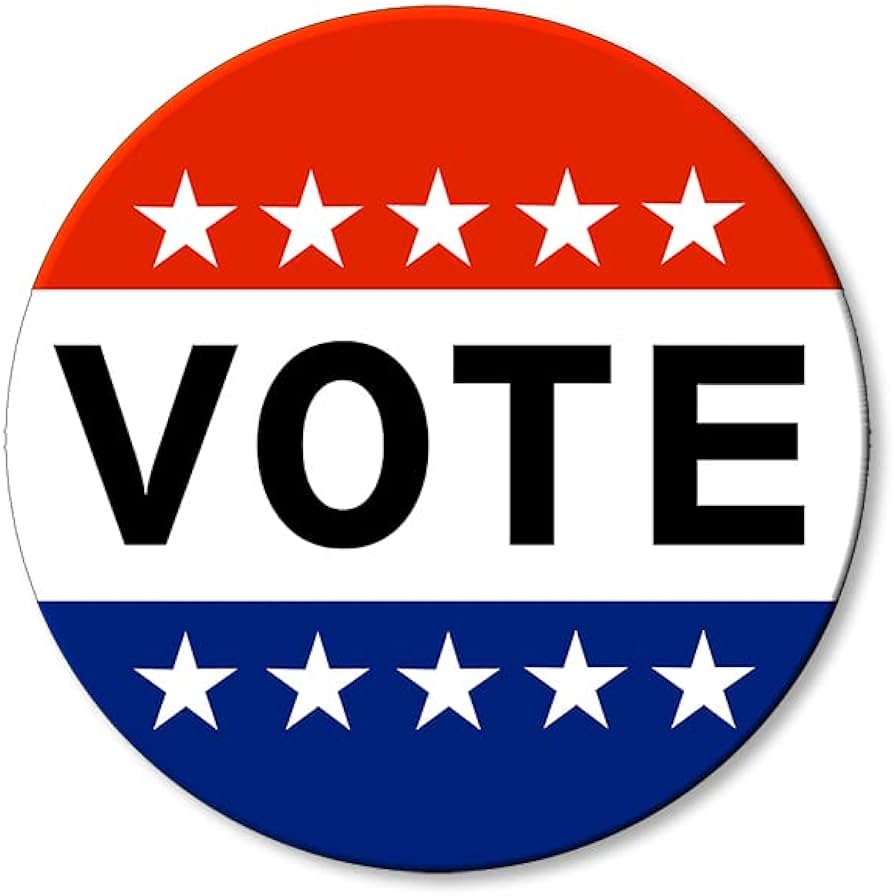

Fellow autist here, here’s my funniest Elon moment:
The cybertruck reveal, softball pitch into the window.
Musk audibly gasps and says ‘O-oh myfuckinggod.’
Comedy gold.
That moment, right there, that was the high water mark.
Then, the window cracks, and shortly afterward, his entire general public facade and reputation begin to crack and shattet as well.
I do appreciate a visual metaphor.



American here:
About 20% of Americans are functionally illiterate, 2nd grade or worse reading and writing skills.
The average literacy level of Americans is between 5th and 6th grade… meaning the next 30% have the reading/writing skills of someone who basically only conpleted elementary school.
These are numbers for adults 18 and up, by the way, not kids.
Almost every single person I’ve met who learned English as a second language… can speak it more fluently than most native English speakers I’ve known who grew up in America. More extensive vocabularies, better grammar, better spelling.
And this will get worse.
Covid resulted in a year to two years of remote or missed classes for Gen Alpha, and the Repulicans look poised to finally kill off the public education system in all but the wealthier, solid blue states. Department of Education will be disbanded by the end of the year or earlier if nobody stops it.